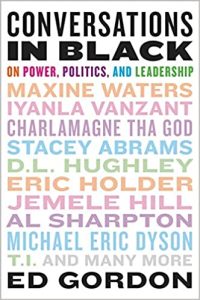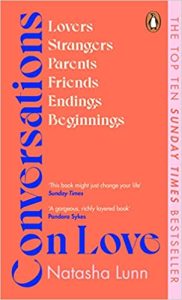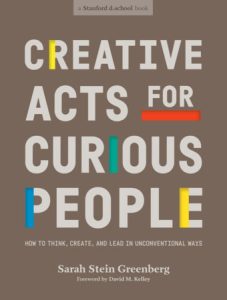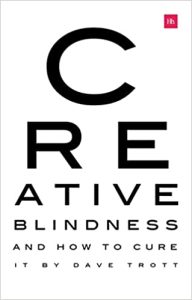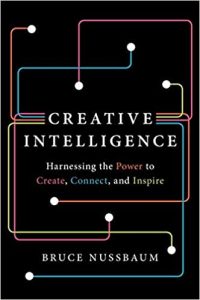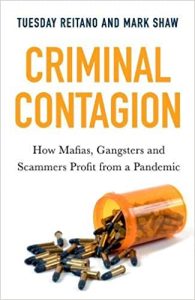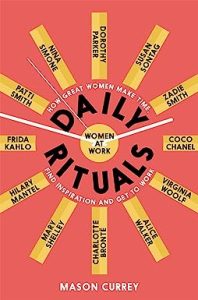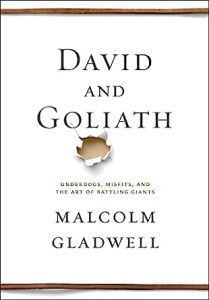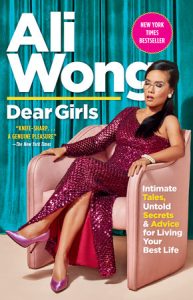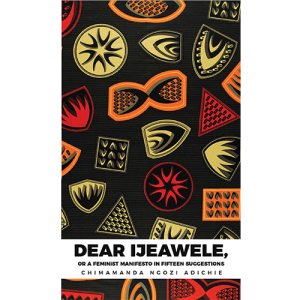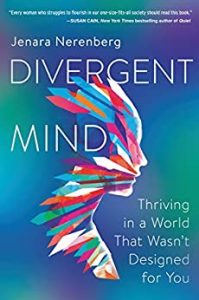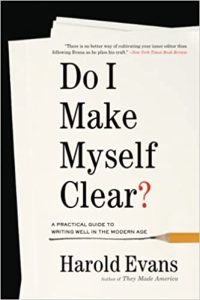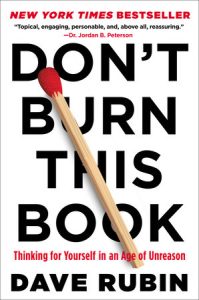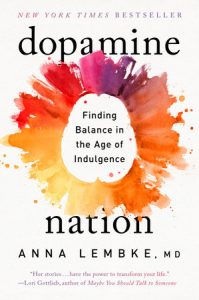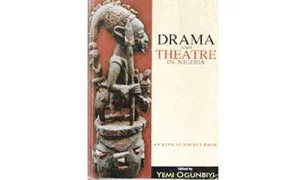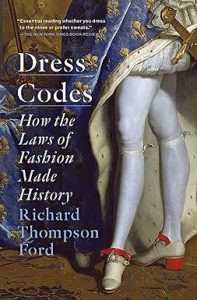Conversations In Black
₦6,000.00Hard-hitting, thought-provoking, and inspiring, Conversations in Black offers sage wisdom for navigating race in a radically divisive America, and, with help from his mighty team of black intelligentsia, veteran journalist Ed Gordon creates hope and a timeless new narrative on what the future of black leadership should look like and how we can get there.
In Conversations in Black, Gordon brings together some of the most prominent voices in black America today, including Stacey Abrams, Harry Belafonte, Charlamagne tha God, Michael Eric Dyson, Alicia Garza, Jemele Hill, Iyanla VanZant, Eric Holder, Killer Mike, Angela Rye, Al Sharpton, T.I., Maxine Waters, and so many more to answer questions about vital topics affecting our nation today

